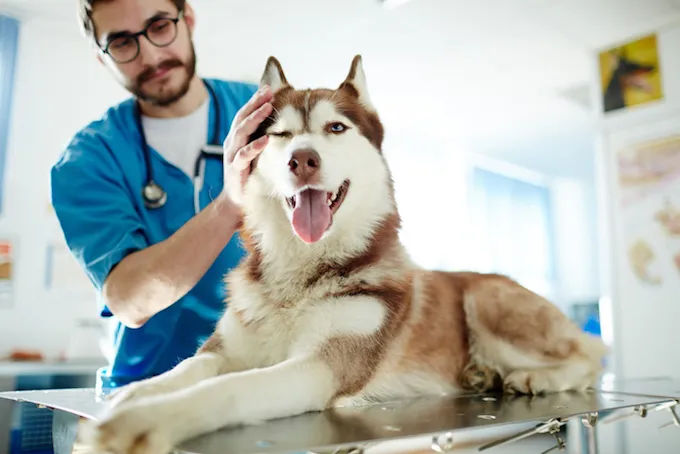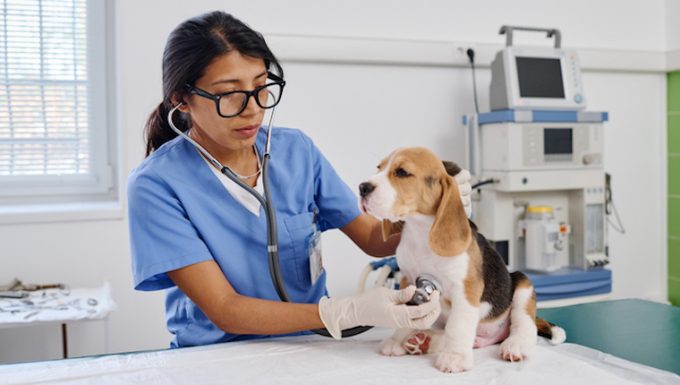Perianal adenomas in dogs is a condition that causes tumors to form around a dog’s anus. Thankfully, the condition is not that common.
However, male dogs who have not been neutered are at greater risk of developing the condition. Additionally certain breeds including Siberian Huskies, Samoyeds, and Beagles seem to suffer from the condition more often than other breeds.
Technically, the condition is also known as circumanal or hepatoid adenomas.
If you see the signs of the condition in your dog, then get to a veterinarian for a proper diagnosis and treatment.
Here’s what you should know about the symptoms, causes, and treatments for the condition.
Symptoms of perianal adenomas in dogs
The condition produces a range of symptoms. For example, some of the most common symptoms include:
- Bump-like nodules around the anus
- Drinking more water than usual
- Peeing more than usual
- Licking the anus more than usual
- Loss of appetite
- Straining while pooping
- Avoiding exercise
- Acting lethargic
- Vomiting (with blood)
Causes of perianal adenomas in dogs

The cause of the condition is technically unknown. This is called being idiopathic. However, male dogs who have not been neutered seem to develop the condition more than usual.
Additionally, the following breeds seem most predisposed to the condition:
- Siberian Husky
- English Bulldog
- Samoyed
- Cocker Spaniel
- Beagle
Treatments for perianal adenomas in dogs
Firstly, your vet will ask about your dog’s symptoms. Secondly, your vet will ask about your dog’s full medical history. This will include breed-specific problems.
Thirdly, your vet will carry out a full physical examination. Blood and urine tests will be taken. The subsequent results of the tests can show your dog’s calcium levels. This can be a sign of the condition.
Ultimately, a biopsy of any tumors can confirm the condition.
Generally, treatment for the condition for male dogs focusses on castration.
Additionally, any tumors can be removed by a process called cryotherapy. This freezes the tumors off.
Have you ever cared for a dog who suffered from this condition? How did your vet help your dog recover? Let us know in the comments section below.









